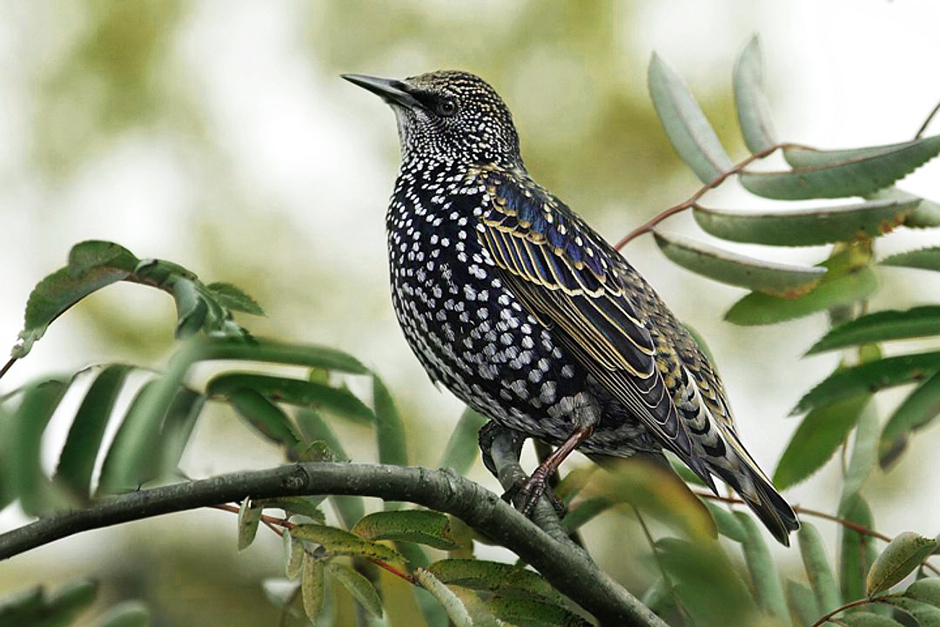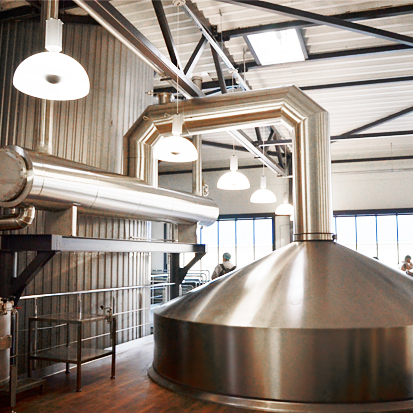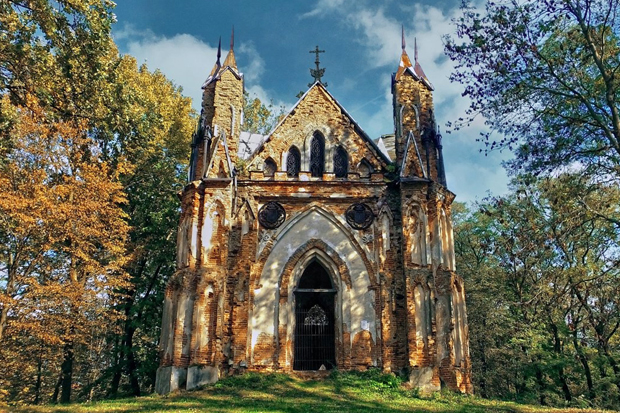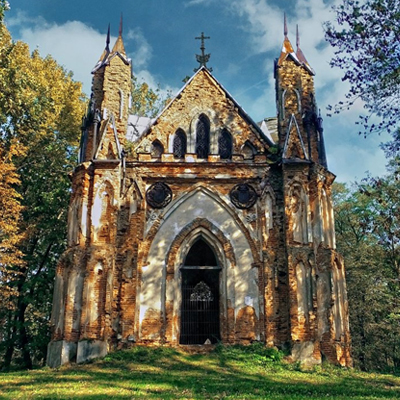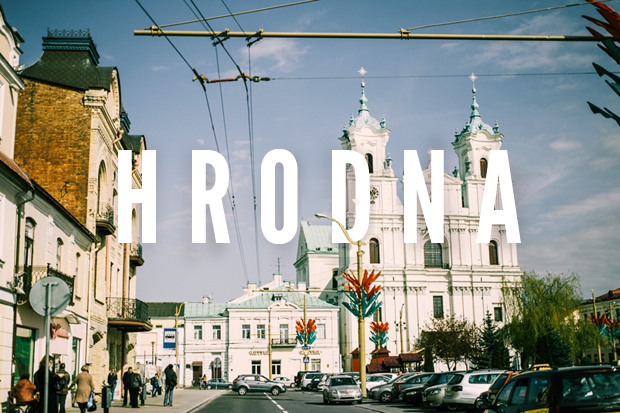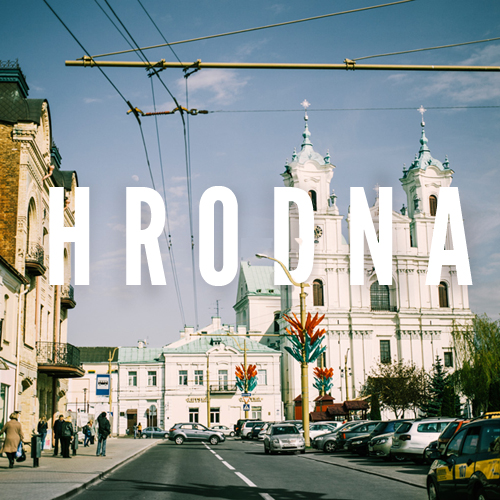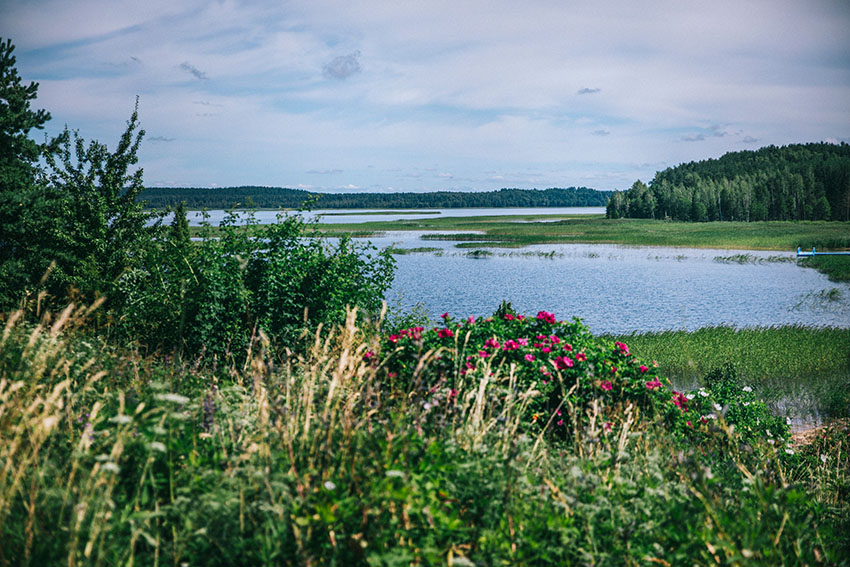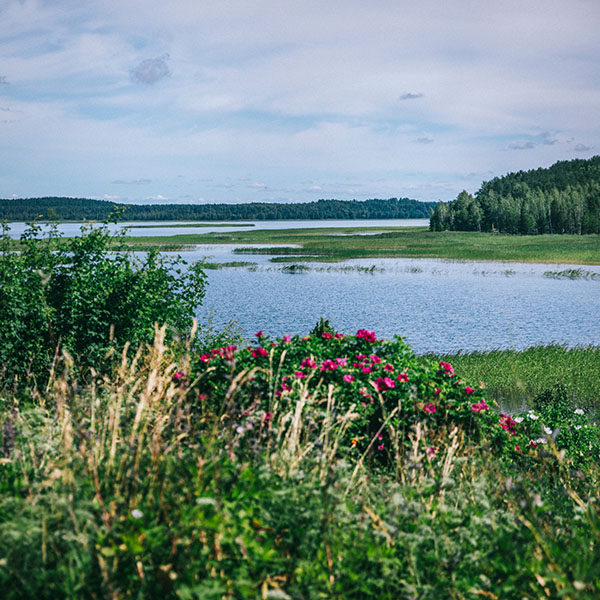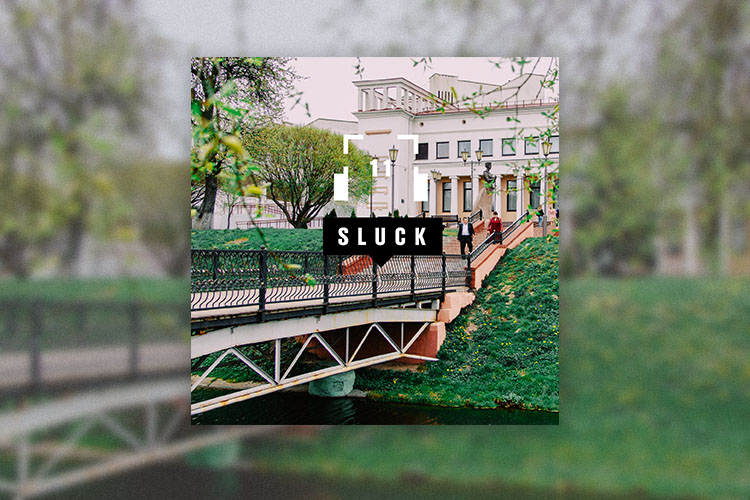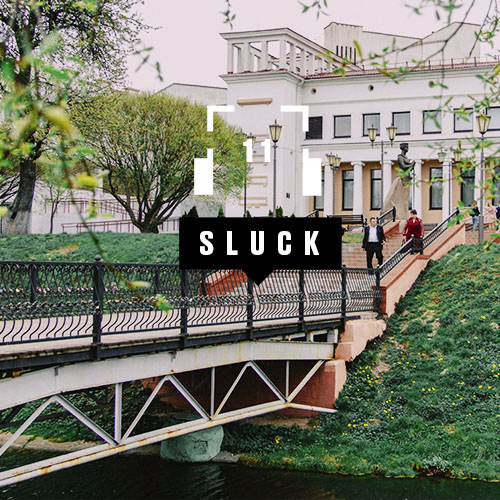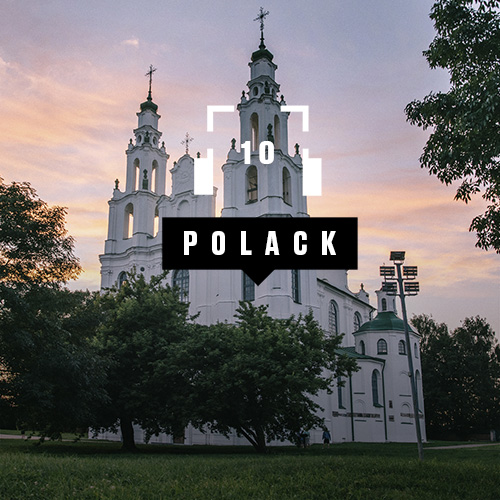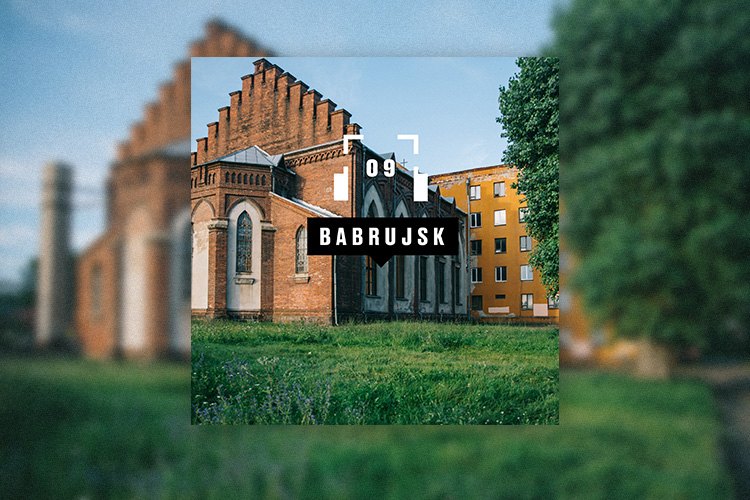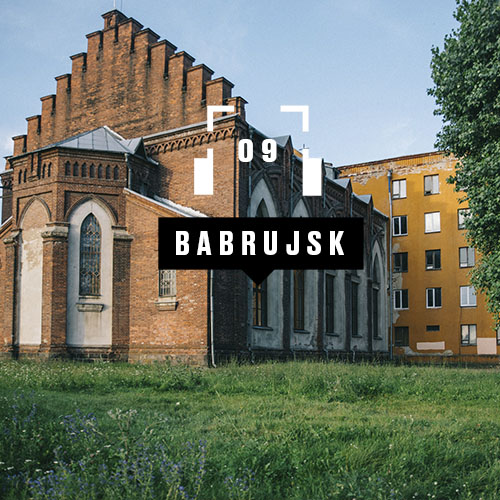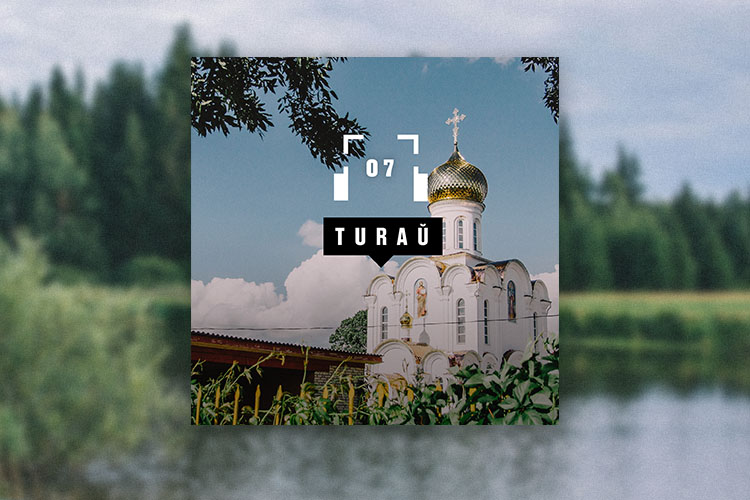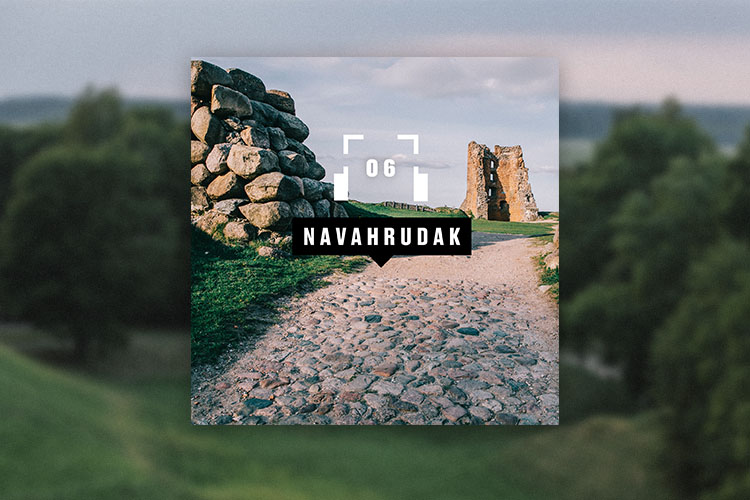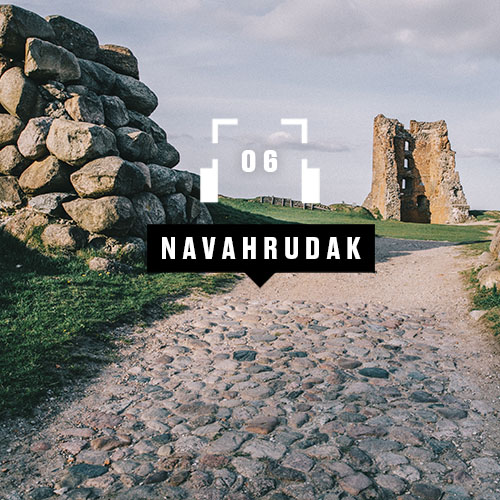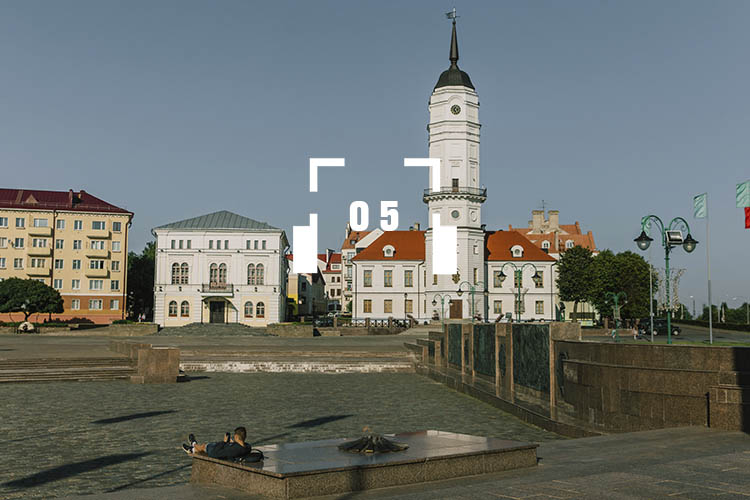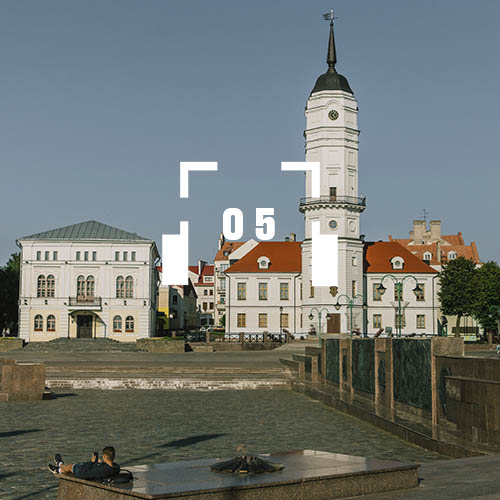«Imagine a land of ancient forests, hundreds of meandering rivers, the biggest marshes of the continent, and roads where you hardly meet any traffic or even people – this is the wild country of Belarus!» – that is how a popular British birdwatching website describes our country.
We admit this description is rather accurate. If you’re already intrigued, follow this guide to learn why Belarus is an ideal destination for nature lovers and which fascinating birds you can find here.

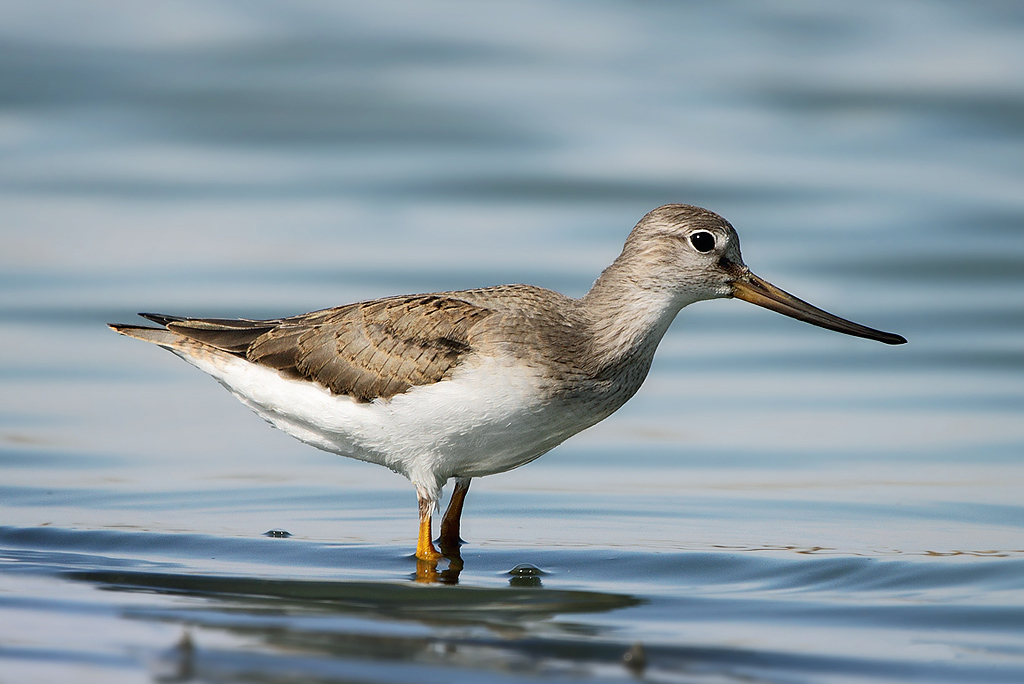
Terek Sandpiper
Why is Belarus a perfect place for birdwatching?
![]() Belarus is the homeland of extremely rare birds
Belarus is the homeland of extremely rare birds
When it comes to birdwatching, Belarus can easily upstage many other countries in Europe. On the one hand, there is neither sea nor mountains in the country, which makes the number of bird species lower. On the other hand, Belarus is the homeland of extremely rare or unique birds – about 20 species, including the azure tit, the great gray owl, the terek sandpiper and the aquatic warbler.
![]() Belarus has unique bird habitats
Belarus has unique bird habitats
What’s more, there are a lot of well-preserved bird habitats not existing anywhere else in Europe. Mainly, these are the combinations of different types of marshes: lowlands, for example, are a home to the endangered aquatic warbler. The bird has chosen Belarus as its summer residence: a half of the world population of aquatic warblers nest in our country, and you can find this bird on the logo of one of the biggest nature protection organizations in Belarus: APB-BirdLife Belarus.
Belarus has preserved unique bird habitats like marches and free-flowing rivers. What does it mean? Many rivers in Europe (and in Belarus, too) were channeled, and their riverbeds were straightened for the convenience of agriculture. Therefore, the rivers with natural riverbeds are as rare and valuable natural phenomena as geysers in Iceland.
The main free-flowing river in Belarus is the Pripyat River. In spring it overflows over a dozen kilometers from one riverbank to the other and resembles a sea with islands and forests surrounded by water. Can you imagine how beautiful it is when 120,000 birds are hovering like a swarm of bees over this water mirror? These are ruffs, birds with magnificent collars. They come to this place in spring to feed a bit on their way from Africa to tundra. By the way, there are no two ruffs with the same collars – and if you find such, you can claim a big prize from environmental organizations. So why not try your luck here?
Belarus is a paradise for woodpeckers. Because of the combination of different types of forests Belarus has all 10 European species of this bird. Foreigners mainly come to see the white-backed and the three-toed woodpecker, but we also love grey-headed and green woodpeckers.
![]() europe's last wilderness
europe's last wilderness
Finally, Belarus doesn’t have high human population density. The cities and villages can be situated far from each one. In practice it means that you can go for miles and meet no people. Birdwatching is not so popular here yet, so you can enjoy perfect solitude on the birdwatching routes.


What is the perfect time for birdwatching in Belarus?
The best time for birdwatching in Belarus starts from mid April and lasts till to middle of June: birds are active and sing rigorously in any forest, park and field. Breeding birds, including rare ones, come home and many interesting migrants stop off here to refuel and rest before moving on. Over 100 species can be seen in just 2-3 days if you are blessed with a good guide and birding-friendly weather.
Another interesting period is the autumn migration beginning from the end of August till September. At this time it is possible to watch birds that do not nest in the country. For example, the northern species of waders and ducks that cross Belarus on the way to southern countries. In September Belarus also hosts «Cranes and Cranberries» festival to celebrate the start of cranberries harvesting and to welcome thousands of cranes that stay in the north of the country for a rest during their long journey.
Don’t neglect winter! First of all, it is easy to birdwatch for common species as thousands of birds group together in one place, usually on the water, – such places exist just outside Minsk. Secondly, some species use Belarus is a place to warm up! It is here that the lapland bunting, the snow bunting and the horned lark come to spend the cold season.

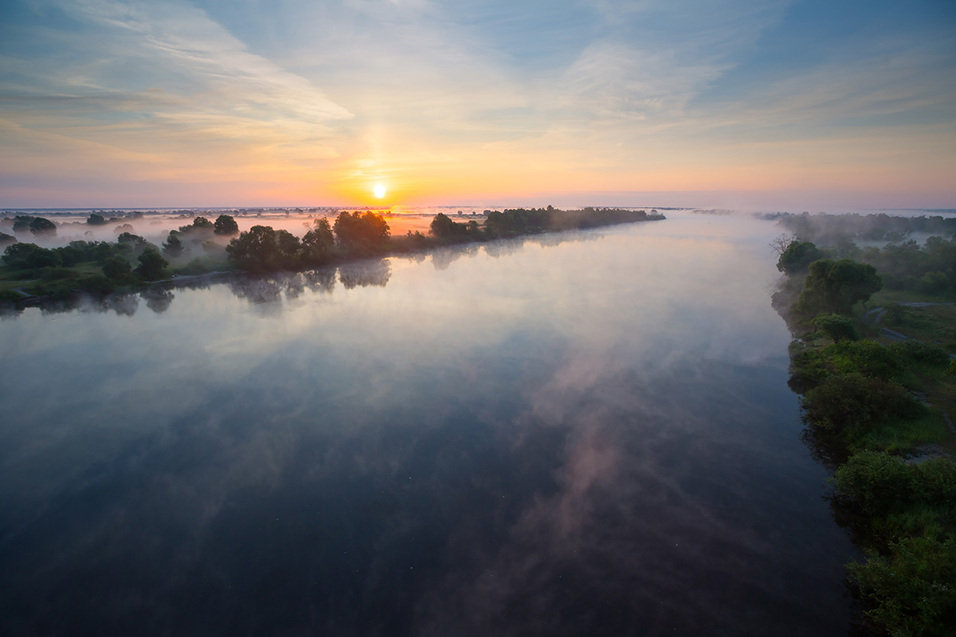

5 fascinating birds of Belarus and where to find them
Azure tit
![]() Turau and the floodplain of Pripyat
Turau and the floodplain of Pripyat
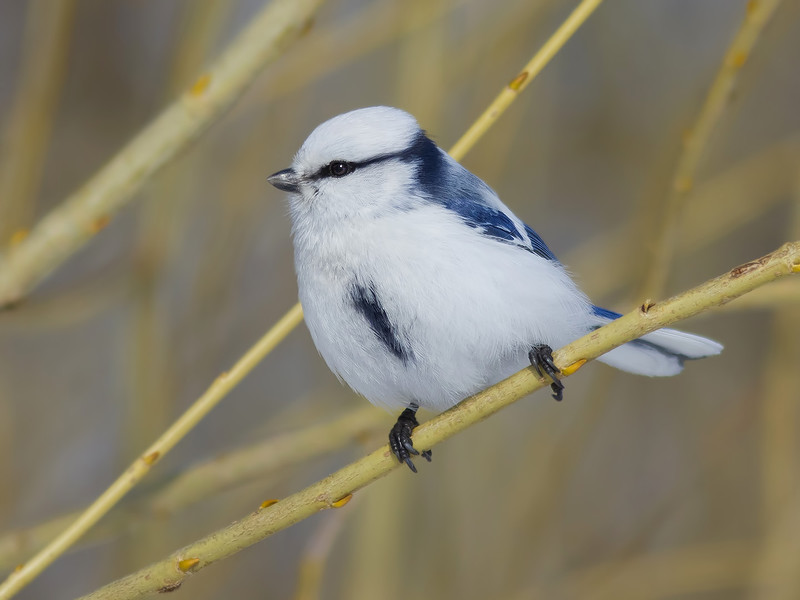
This unique place is an absolute must-see! In spring – from the end of March till June – the number of birds only in Turau meadow can reach up to 200,000. The terek sandpiper, the ringed plover, the great snipe, the oystercatcher, the ruff, different kinds of gulls and terns are among the interesting species of this place. Another curious specimen, especially popular among birdwatchers, is the azure tit that can be spotted in one of the villages in the area.
Don’t forget to visit a small ancient town of Turau and, of course, the river itself! During the flood season Pripyat resembles a sea; the forests and villages on its banks remind small islands. Breathtaking sight!
Aquatic warbler
.jpg)
The biological reserve Sporauskaje is one of the largest swamps in Europe with the meandering Yaselda river and Sporauskaje lake in the center. The aquatic warbler is nesting in the reserve. Just imagine: this small bird flies 20,000 kilometers from Africa to Belarusian swamps! Only 3 hours’ drive from Minsk – and you can watch the little gull, the whiskered tern, the black-tailed godwit and the great snipe.
Great gray owl

The territory of the reserve Vyhanaščanskija swamps, located in Brest region, is covered by wetlands and shallow lakes. This landscape is typical nature of Palesye region before the large-scale melioration. These swamps are the most suitable spot to watch owls. The great grey owl, the eagle owl, the pygmy owl and the boreal owl all live here. In addition to owls, one can see birds that are on the global list of threatened species, for example, the greater spotted eagle and the black-tailed godwit. Other interesting birds of this place are the great snipe, the capercaillie and the black grouse.
Black grouse

Let’s move to the north of the country now. Berezinsky Biosphere Reserve has the highest conservation status in Belarus: elk, bear, wolf and lynx feel comfortable in the local forests. You can feel good in the reserve, too: there are organized routes for pedestrians, cyclists and kayakers and a 15-meter tower for birdwatching.
This beautiful place can gift you a meeting with capercaillies, black grouses, greater spotted eagles and ospreys. Experienced birdwatchers come here for a unique show – the mating rituals of black grouses in spring. You will have to sit in a hide for hours motionless not to frighten off the birds in love. But the ruthless battles of black grouses will be a great reward for you!
Common crane

Another stunningly beautiful swamp with a comfortable eco-path, cosmic landscapes and cranberries that are hiding in moss. The territory of Yelnya wildlife reserve includes 118 lakes, the remains of one big ancient lake. Come here in autumn to watch the migration of common cranes: in this period they hang out in huge flocks of up to 4000 birds! You can also spot the curlew, the merlin, the black-throated loon and the willow ptarmigan. Yelnya is actually one of the few places in Europe where the willow ptarmigan can still be seen. This bird becomes completely white in winter, but the winters have less and less snow now (climate change!) – so the white bird becomes easy prey and has to move north to survive.
All those places, except probably Berezinsky reserve, are not easy to get to by public transport. So it is better to contact local agencies who will help with a tour and advice.


ruff
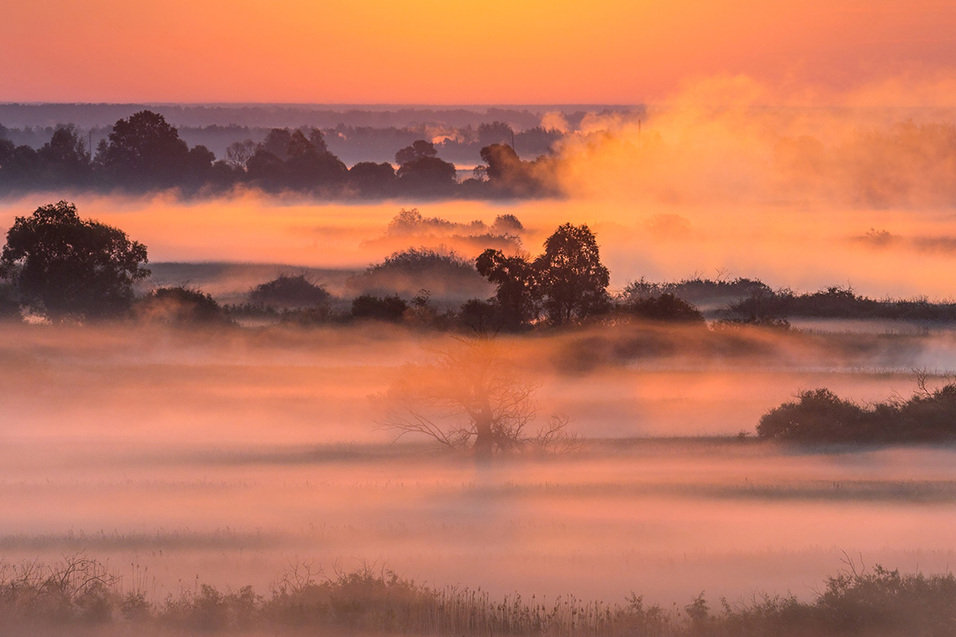
We thank BelarusFeed for the help with the translation!
Photos by palasatka, ah_ahmatova, Виктор Малыщиц, ptushki.org, esmateria.com, shutterstock.com, triinochka.ru, onbird.ru, birdsearth.ru, foodandhealth.ru
